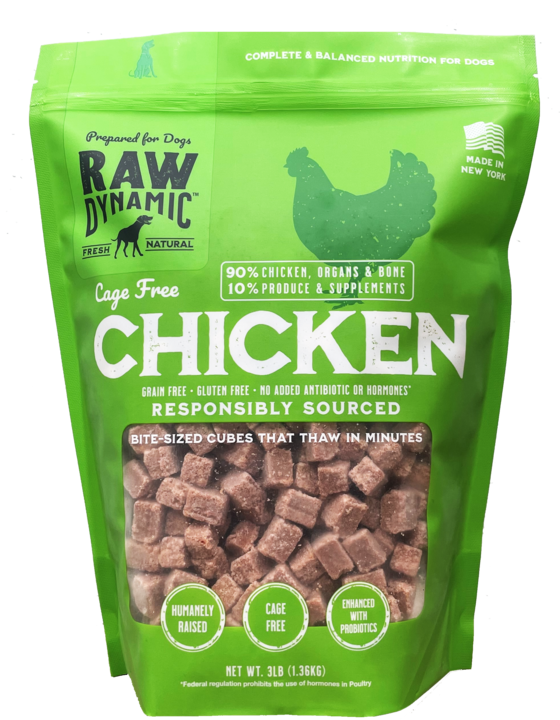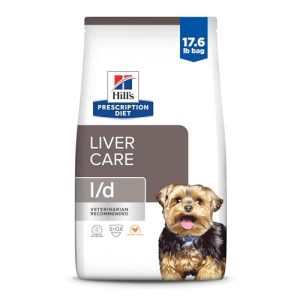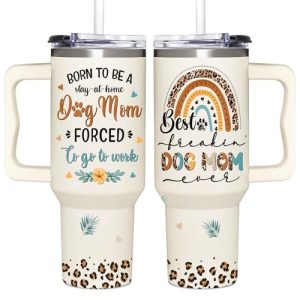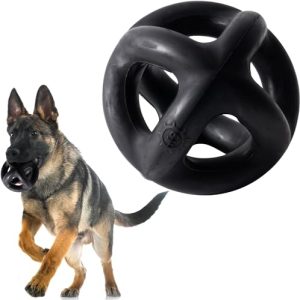Ever wondered if frozen raw food is a good choice for your dog? You’re not alone.
Many pet owners like you are exploring the benefits of feeding their furry friends a diet that’s as close to nature as possible. But is it safe? Does it provide all the nutrients your dog needs? These are the questions that keep pet parents up at night.
Imagine the peace of mind you’ll feel knowing you’re making the best nutritional choices for your beloved canine companion. Dive into the facts with us and discover whether frozen raw food could be the key to a healthier, happier life for your dog. Keep reading to uncover the truths and myths surrounding this popular pet food option.
Frozen Raw Food Basics
Frozen raw food is a popular diet choice for many dog owners. It keeps food fresh and retains nutrients. This type of food often mimics what dogs would eat in the wild.
Freezing raw food helps stop bacteria growth and keeps ingredients safe. Many dogs enjoy the taste and texture of frozen raw meals.
What Is Frozen Raw Food?
Frozen raw food for dogs is made of uncooked meat, bones, and organs. It is prepared, packed, and then frozen to lock in freshness. This food aims to provide natural nutrition without cooking.
Supporters say frozen raw food can improve coat shine, digestion, and energy. It is important to handle it carefully to keep dogs safe from bacteria.
Common Ingredients Used
Frozen raw dog food contains a mix of animal parts and sometimes vegetables. These ingredients offer proteins, fats, vitamins, and minerals dogs need.
- Raw muscle meat like beef, chicken, or lamb
- Edible bones such as chicken wings or turkey necks
- Organ meats including liver, kidneys, and heart
- Vegetables like carrots or spinach for fiber
- Fruits such as apples or blueberries in small amounts
- Supplements like fish oil or eggs for extra nutrients
| Ingredient | Typical Role |
| Muscle Meat | Main protein source |
| Edible Bones | Calcium and dental health |
| Organ Meat | Vitamins and minerals |
| Vegetables | Fiber and antioxidants |
| Fruits | Vitamins and natural sugars |
Health Benefits For Dogs
Frozen raw food can be a healthy choice for dogs. It keeps many important nutrients safe and fresh.
Feeding frozen raw food may help dogs digest their meals better and support their skin and coat health.
Nutrient Preservation
Freezing raw food keeps vitamins and minerals from breaking down. This helps dogs get the nutrients they need.
Frozen raw food avoids the loss of nutrients that can happen with cooking or long storage times.
Improved Digestion
Raw food contains natural enzymes that help dogs digest better. Freezing keeps these enzymes active.
Better digestion means dogs absorb more nutrients and have healthier stomachs.
Better Coat And Skin Health
Frozen raw food has healthy fats and oils that support shiny coats and soft skin.
These fats help reduce itching and dryness, making dogs feel more comfortable.
Potential Risks To Consider
Frozen raw food diets for dogs can seem healthy and natural. Still, some risks need attention before feeding your dog this way.
Knowing these risks helps you make safer choices for your dog’s health and well-being.
Bacterial Contamination
Raw meat can carry bacteria like Salmonella and E. coli. These bacteria can make dogs sick and may spread to humans.
- Always buy raw food from trusted sources.
- Keep raw food frozen until feeding time.
- Clean all surfaces and bowls after feeding.
- Wash your hands thoroughly after handling raw food.
Nutritional Imbalance
Raw diets may lack important nutrients or have too much of some. This can cause health problems over time.
| Common Nutrient | Possible Issue |
| Calcium | Too little or too much affects bones |
| Vitamins | Deficiency can cause illness |
| Protein | Too much stresses kidneys |
Choking Hazards
Some frozen raw foods have bones or large pieces. These can cause choking or damage the digestive tract.
- Choose boneless options if possible.
- Cut food into small, manageable pieces.
- Supervise your dog while eating.
- Avoid giving frozen chunks that are too hard.
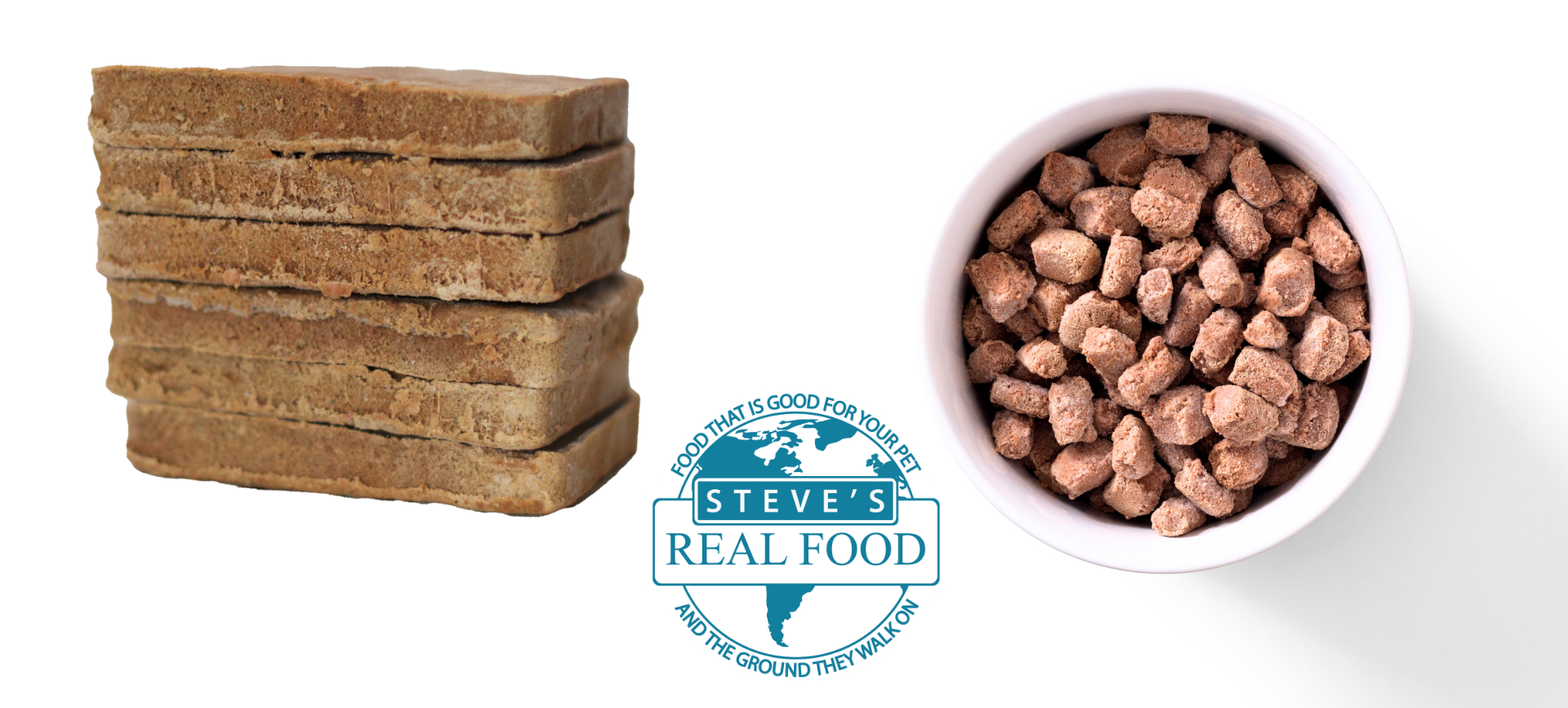
Credit: stevesrealfood.com
Choosing Quality Frozen Raw Food
Frozen raw food can be a healthy choice for dogs. It keeps nutrients fresh and tastes good. Choosing quality food is very important for your dog’s health.
Not all frozen raw food is the same. Look for products that use safe, fresh ingredients. This helps avoid health problems.
Reputable Brands To Trust
Pick brands known for quality and safety. Good brands follow strict rules to keep food fresh and clean. They test their products to avoid harmful bacteria.
Brands with good reviews and clear ingredient lists are better choices. They often use natural meats and vegetables without fillers.
- Look for brands with transparent sourcing
- Choose companies that test for safety
- Find brands with positive customer feedback
- Prefer products with simple, natural ingredients
Reading Labels Carefully
Labels tell you what is inside the frozen raw food. Check for real meat as the first ingredient. Avoid foods with too many additives or fillers.
Look for clear expiration dates and storage instructions. This keeps the food safe and fresh for your dog to eat.
- Check the main meat source on the label
- Watch out for artificial preservatives or colors
- Note the expiration or best-by date
- Follow storage guidelines to keep food fresh
Safe Handling And Storage Tips
Feeding your dog frozen raw food can be healthy if handled safely. Proper storage and thawing prevent harmful bacteria.
Learn how to keep frozen raw food safe for your dog with these tips on thawing and hygiene.
Proper Thawing Methods
Thaw frozen raw food slowly to keep it safe. Avoid leaving it out at room temperature for long.
- Place frozen food in the fridge for 12 to 24 hours before feeding.
- Use cold water to thaw food faster. Keep the food sealed in a bag.
- Never thaw food on the counter or in hot water.
- Feed thawed food within 24 hours to avoid spoilage.
- Refreeze only if the food has not been out for too long and shows no signs of spoilage.
Hygiene Practices
Good hygiene stops bacteria from spreading to your dog’s food. Clean surfaces and tools often.
| Hygiene Tip | Why It Matters |
| Wash hands before and after handling food | Prevents germs from transferring to food or you |
| Sanitize cutting boards and knives after use | Stops cross-contamination between raw and cooked foods |
| Store raw food separately from other foods | Avoids drip contamination in the fridge |
| Clean dog bowls daily with hot, soapy water | Removes bacteria that can cause illness |
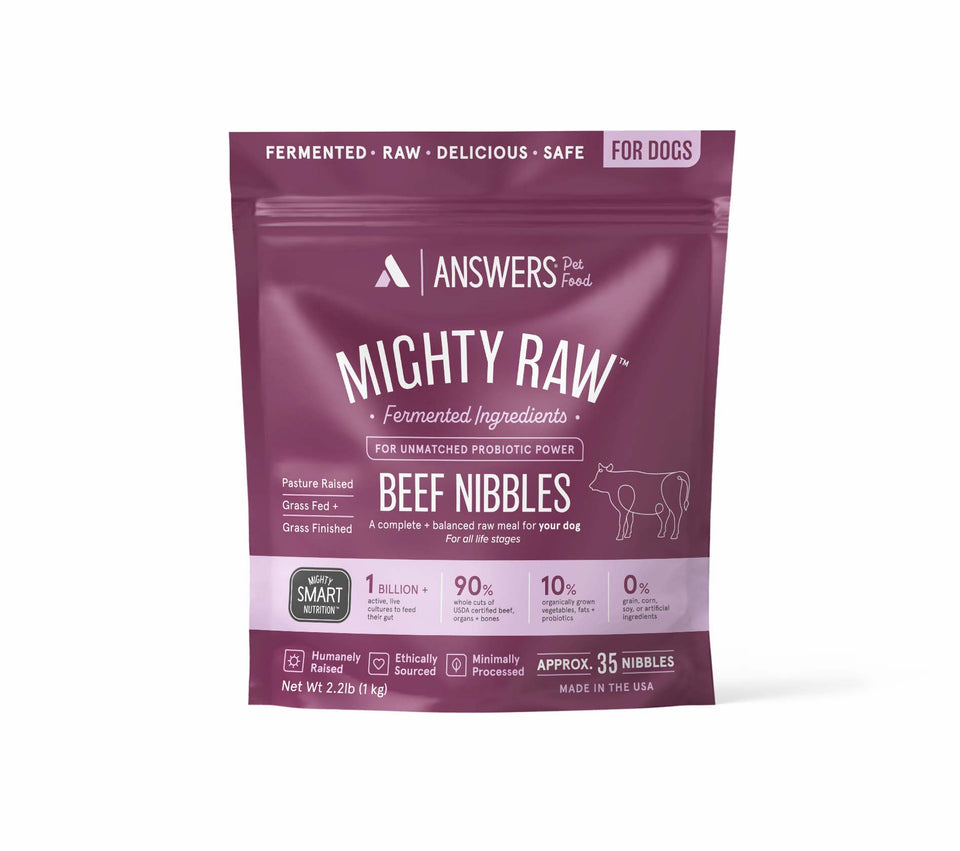
Credit: wellbredonline.com
Transitioning Your Dog To Frozen Raw Food
Changing your dog’s diet to frozen raw food takes patience. This diet can improve health but needs a careful start.
Dogs may react differently to new foods. Watch how your dog adjusts to frozen raw meals.
Gradual Introduction
Introduce frozen raw food slowly. Mix it with your dog’s current food to avoid upset stomachs.
- Start by adding 10% frozen raw food to regular meals.
- Increase the frozen raw portion by 10% every few days.
- Observe how your dog reacts before adding more.
- Keep fresh water available at all times.
- Consult your vet if your dog shows signs of discomfort.
Monitoring Health Changes
Watch your dog’s health closely during the transition. Changes in energy and digestion can show if the diet suits them.
| Health Aspect | What to Watch | When to Seek Help |
| Appetite | Eating normally or eagerly | Refusing food for more than 24 hours |
| Stool | Firm and regular | Diarrhea or constipation lasting over two days |
| Energy Levels | Active and playful | Lethargy or weakness |
| Coat Condition | Shiny and smooth fur | Excessive shedding or dull coat |
When To Avoid Frozen Raw Food
Frozen raw food can be a good choice for many dogs. Still, some dogs should avoid it. Knowing when to avoid frozen raw food keeps your dog safe and healthy.
This guide shows when puppies, senior dogs, and dogs with health issues should not eat frozen raw food.
Puppies And Senior Dogs
Puppies and senior dogs have special needs. Their bodies may not handle frozen raw food well. This can cause health problems or slow growth.
- Puppies need balanced nutrients for growth that frozen raw food might lack.
- Senior dogs often have weaker immune systems and sensitive digestion.
- Both groups are more at risk of infections from bacteria in raw food.
- Freezing does not kill all harmful bacteria or parasites.
- These dogs might need cooked or specially prepared food instead.
Dogs With Health Issues
Some health problems make frozen raw food unsafe for dogs. Dogs with weak immune systems or digestive troubles should avoid it. Feeding frozen raw food can worsen their condition.
| Health Issue | Reason to Avoid Frozen Raw Food |
| Weakened immune system | Higher risk of infections from bacteria in raw food |
| Digestive disorders | Raw food may cause upset stomach or diarrhea |
| Kidney or liver disease | Hard to process raw proteins and fats safely |
| Recent surgery or injury | Needs easy-to-digest, sterile food for healing |

Credit: smallbatchpets.com
Frequently Asked Questions
Is Frozen Raw Food Safe For Dogs To Eat?
Yes, frozen raw food is safe for dogs if properly handled. It retains nutrients and is free from harmful bacteria when frozen and thawed correctly.
What Are The Benefits Of Frozen Raw Dog Food?
Frozen raw dog food preserves natural vitamins and minerals. It supports healthy digestion, improves coat condition, and provides balanced nutrition for dogs.
How Should I Thaw Frozen Raw Dog Food Safely?
Thaw frozen raw dog food in the refrigerator overnight. Avoid room temperature thawing to prevent bacterial growth and ensure food safety for your dog.
Can Frozen Raw Food Cause Health Issues In Dogs?
Frozen raw food can cause health issues if contaminated or improperly handled. Always buy from reputable sources and follow strict hygiene practices.
Conclusion
Frozen raw food can be a healthy choice for dogs. It keeps nutrients fresh and tastes good. Always check the food quality before feeding. Store it properly to avoid spoilage. Consult your vet to fit your dog’s needs. Many dogs enjoy the natural flavors and texture.
Balanced meals support strong bones and shiny coats. Feeding frozen raw food takes care and attention. Try it slowly and watch your dog’s reaction. Safe handling helps prevent illness for pets and people. Overall, frozen raw food can support your dog’s health.

Emily Barker is the founder of ChillDogLife.com, a space dedicated to helping pup parents discover the best dog products, lifestyle tips, and cozy ideas for happier homes.
A lifelong dog lover, Emily combines her passion for pets with a knack for research to share trusted recommendations on everything from toys and furniture to health and everyday care.
Her goal is simple: to make life easier, stylish, and more joyful for dogs and the people who love them.
